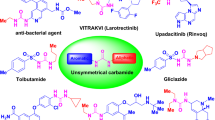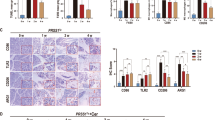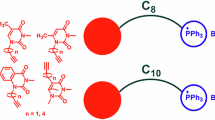Abstract
ABSTRACT: In this study we have analyzed various phagocytic functions and tumor necrosis factor (TNF) secretion of human monocytes exposed to either a biochemically well-defined porcine surfactant or a purified phospholipid preparation. Adherence, random migration, and chemotactic response to zymosan activated serum and formyl-methionyl-leucyl-phenylalanine were normal in surfactant-treated monocytes; surfactant was not a chemotactic stimulus. In contrast, phagocytosis of Staphylococcus aureus by monocytes exposed to surfactant (100 μg/mL) or phospholipids (100 μg/mL) was slightly impaired [surfactant: at 30 min (t30) 48.5 ± 11%, t60 73.3 ± 10.1%; phospholipids: t30 47.3 ± 2.5%, t60 68.0 ± 6.6%; controls: t30 66.6 ± 9.9%, t60 81.0 ± 6.6%, p < 0.05 at t30 for both, p < 0.05 at t60 for phospholipids]. Due to the smaller number of S. aureus ingested, bactericidal activity of surfactant- or phospholipid-treated monocytes was slightly reduced when compared with controls. Surfactant or phospholipids had no bactericidal activity. Uptake of Candida albicans was identical in surfactant- or phospholipid-treated monocytes and untreated controls; the same was true for the number of Candida organisms ingested per cell. Phagocytosis-associated chemiluminescence and production of superoxide anion by monocytes of either source in response to phorbol myristate acetate and opsonized zymosan were also unaffected. Surfactant or phospholipids (500 μg/mL), however, effectively suppressed TNF secretion by resting and by lipopolysaccharide (LPS)-stimulated monocytes in a dose-dependent fashion, (LPS-stimulated monocyte controls: 3004 ± 570 pg/mL; LPS + surfactant: 426 ± 162 pg/mL; LPS + phospholipids: 28 ± 9.6 pg/mL; p < 0.001 for both). TNF is an important mediator of inflammation, and our data suggest that surfactant or phospholipids, by suppressing monocyte TNF secretion, may have an important role in down-regulating inflammatory reactions in the lung.
Similar content being viewed by others
Log in or create a free account to read this content
Gain free access to this article, as well as selected content from this journal and more on nature.com
or
Author information
Authors and Affiliations
Rights and permissions
About this article
Cite this article
Speer, C., Götze, B., Curstedt, T. et al. Phagocytic Functions and Tumor Necrosis Factor Secretion of Human Monocytes Exposed to Natural Porcine Surfactant (Curosurf). Pediatr Res 30, 69–74 (1991). https://doi.org/10.1203/00006450-199107000-00015
Received:
Accepted:
Issue date:
DOI: https://doi.org/10.1203/00006450-199107000-00015
This article is cited by
-
Poractant alfa (Curosurf®) increases phagocytosis of apoptotic neutrophils by alveolar macrophages in vivo
Respiratory Research (2012)
-
Does surfactant type cause a differential proinflammatory response in preterm infants with respiratory distress syndrome?
Advances in Therapy (2010)
-
Antenatal inflammation and lung injury: prenatal origin of neonatal disease
Journal of Perinatology (2008)
-
Surfactant replacement therapy for non-respiratory distress syndrome neonatal respiratory disease —research or clinical application?
European Journal of Pediatrics (1995)
-
Increased levels of tumor necrosis factor α (TNF-α) and interleukin 1β (IL-1β) in tracheal aspirates of newborns with pneumonia
Infection (1994)



